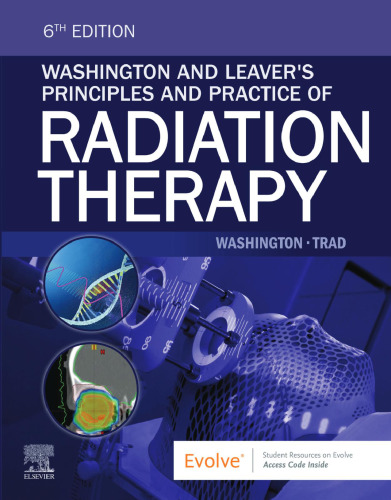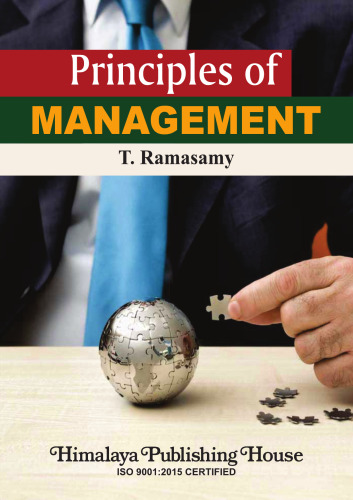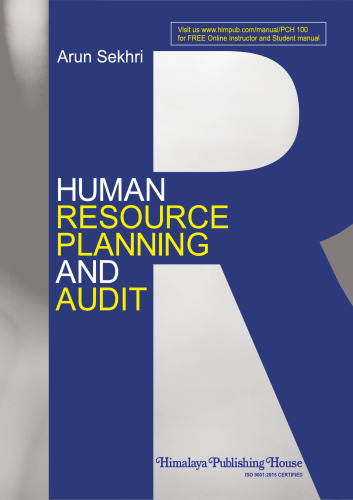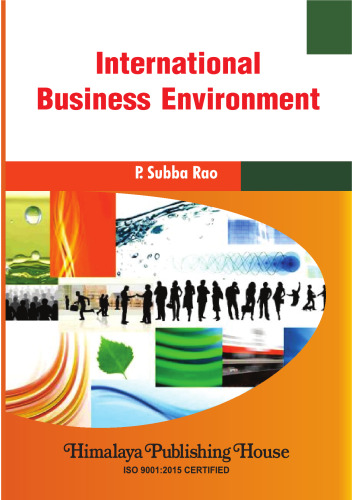Bioengineering in Extreme Environments is an engaging text that supports students’ education in both technology and the natural world. Students learn about natural science, human body responses, and various technologies that enable or could enable humans to thrive in extreme environments. The text demystifies technology for readers, demonstrating that many technologies are simply well-developed solutions to everyday problems.
Over the course of 11 chapters, students visit Death Valley, Antarctica, the Great Salt Lake, Chernobyl, Jupiter, Mt. Everest, and other extreme locations to learn about their environments, effects on the human body, and the types of technology they each would require for human survival. Each chapter includes learning objectives, the core text, and instructions and assignments for small groups. Students are challenged to work together to cultivate knowledge, complete interactive homework assignments, and answer thought-provoking questions.
Embracing active learning and interdisciplinary knowledge-building, Bioengineering in Extreme Environments is an ideal textbook for undergraduate general education courses in science and the natural world.
Mary D. Frame is a professor in the Department of Biomedical Engineering at Stony Brook University, where she teaches courses in biomedical engineering, bioengineering in extreme environments, clinical challenges for the 21st century, nanotechnology, quantitative physiology, and more. She holds a Ph.D. in physiology and A.B. in biology from the University of Missouri-Columbia.
Lesley D. Frame is an assistant professor of materials science and engineering in the Institute of Materials Science and the director of the Center for Materials Processing Data at the University of Connecticut. She holds a Ph.D. from the University of Arizona and SB from Massachusetts Institute of Technology. Dr. Frame’s research interests include metals processing, manufacturing, corrosion, residual stress, phase transformations, and structure/property/processing relationships.
چکیده فارسی
مهندسی زیستی در محیطهای شدید متن جذابی است که از آموزش دانشآموزان در زمینه فناوری و دنیای طبیعی پشتیبانی میکند. دانشآموزان در مورد علوم طبیعی، واکنشهای بدن انسان، و فناوریهای مختلفی که انسان را قادر میسازد تا در محیطهای شدید شکوفا شود، یاد میگیرند. این متن فناوری را برای خوانندگان ابهام میکند و نشان میدهد که بسیاری از فناوریها به سادگی راهحلهایی به خوبی توسعهیافته برای مشکلات روزمره هستند.
در طول 11 فصل، دانشآموزان از دره مرگ، قطب جنوب، دریاچه نمک بزرگ، چرنوبیل، مشتری، کوه اورست و سایر مکانهای شدید دیدن میکنند تا در مورد محیطهای آنها، تأثیرات بر بدن انسان و انواع آنها بیاموزند. فناوری که هر کدام برای بقای انسان نیاز دارند. هر فصل شامل اهداف یادگیری، متن اصلی و دستورالعمل ها و تکالیف برای گروه های کوچک است. دانشآموزان برای پرورش دانش، تکمیل تکالیف تعاملی و پاسخ به سؤالات تفکر برانگیز به چالش کشیده میشوند.
با پذیرش یادگیری فعال و دانشسازی میانرشتهای، مهندسی زیستی در محیطهای شدید یک کتاب درسی ایدهآل برای دورههای آموزش عمومی در مقطع کارشناسی در علوم و دنیای طبیعی است.
Mary D. Frame استاد دپارتمان مهندسی بیومدیکال در دانشگاه استونی بروک، جایی که دوره های مهندسی زیست پزشکی، مهندسی زیستی در محیط های شدید، چالش های بالینی برای 21st را تدریس می کند. قرن، نانوتکنولوژی، فیزیولوژی کمی و غیره. او دارای مدرک Ph.D. در فیزیولوژی و A.B. در زیست شناسی از دانشگاه میسوری-کلمبیا.
لسلی دی فریم استادیار علوم و مهندسی مواد در موسسه علوم مواد و مدیر مرکز دادههای پردازش مواد در دانشگاه کانکتیکات است. او دارای مدرک Ph.D. از دانشگاه آریزونا و SB از موسسه فناوری ماساچوست. علایق تحقیقاتی دکتر فریم شامل پردازش فلزات، ساخت، خوردگی، تنش پسماند، دگرگونیهای فاز، و روابط ساختار/ملاک/فرآوری است.
ادامه ...
بستن ...
![Bioengineering in Extreme Environments [2020] - Image pdf with ocr Bioengineering in Extreme Environments [2020] - Image pdf with ocr](https://dl.libsan.ir/images/1/12/Bioengineering in Extreme Environments_5f47b430e0b33.jfif)


![Our mission to the court of Marocco [Morocco] in 1880, under Sir John Drummond Hay - pdf Our mission to the court of Marocco [Morocco] in 1880, under Sir John Drummond Hay - pdf](https://dl.libsan.ir/images/1/12/112108724_694b9e9769312.jpg)






